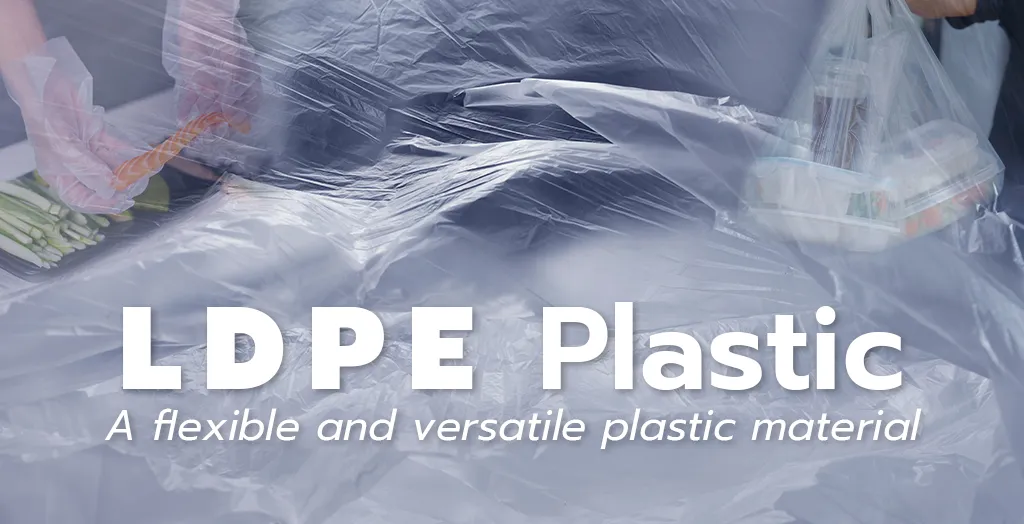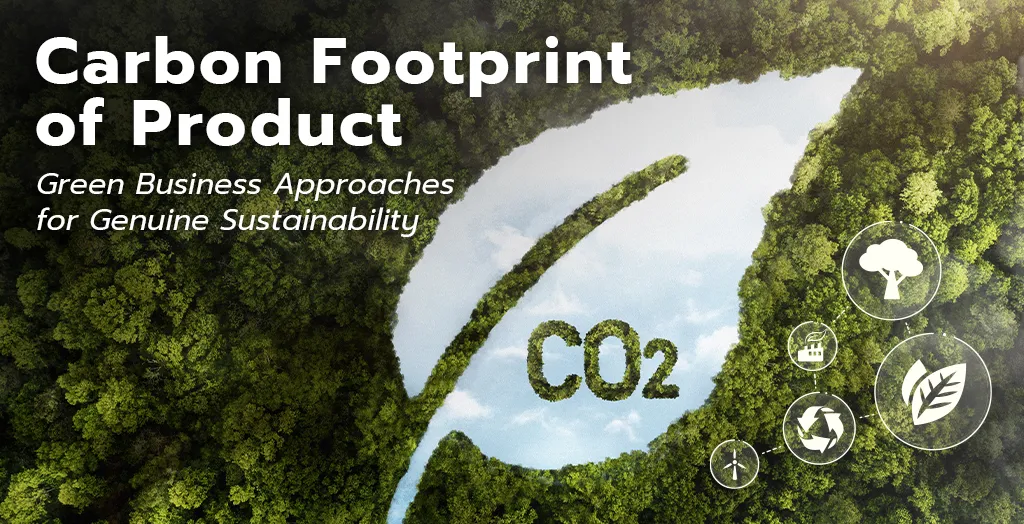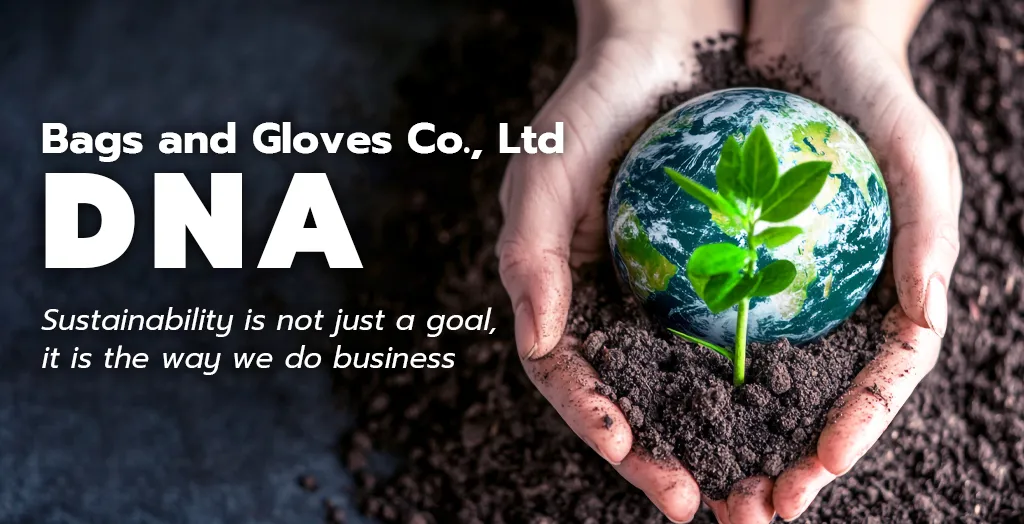Have you ever wondered how much carbon dioxide (CO₂) is released just to put food on your plate?
Behind every meal — from fresh fruits and vegetables to meat and dairy — lies a complex process that uses varying amounts of resources and energy. These differences mean that each type of food carries its own carbon footprint.
In this article, we’ll take a closer look at real data from credible studies to see how much CO₂ your favorite foods actually emit — and how a few simple choices can make a big difference for the planet.
CO₂ Emissions per Kilogram of Food Produced
| Food Type | CO₂ Emissions (per 1 kg produced) |
|---|---|
| Apple | 0.51 kgCO₂e |
| Almond Milk | 0.66 kgCO₂e |
| Pineapple | 0.93 kgCO₂e |
| White Sugar | 1.85 kgCO₂e |
| Tomato | 2.27 kgCO₂e |
| Yogurt | 3.11 kgCO₂e |
| Chicken (farm-raised) | 9.87 kgCO₂e |
| Pork (farm-raised) | 12.31 kgCO₂e |
What the Numbers Tell Us
As the data shows, different foods release vastly different amounts of carbon dioxide.
Animal-based products such as beef and pork have a significantly higher carbon footprint compared to fruits and vegetables.
This doesn’t mean you need to give up your favorite dishes completely — but being aware of these figures can help us all make more mindful food choices.
Small actions, such as:
- Reducing meat consumption,
- Choosing plant-based options more often, or
- Supporting sustainably produced food,
can collectively create a big positive impact on the environment.
Every Bite Counts
Food isn’t just nourishment — it’s a daily opportunity to care for our planet.
By understanding the carbon impact of what we eat, we can take simple steps toward a more sustainable lifestyle.
Every mindful meal, every small change, helps move us closer to a world where both people and the planet can thrive.







